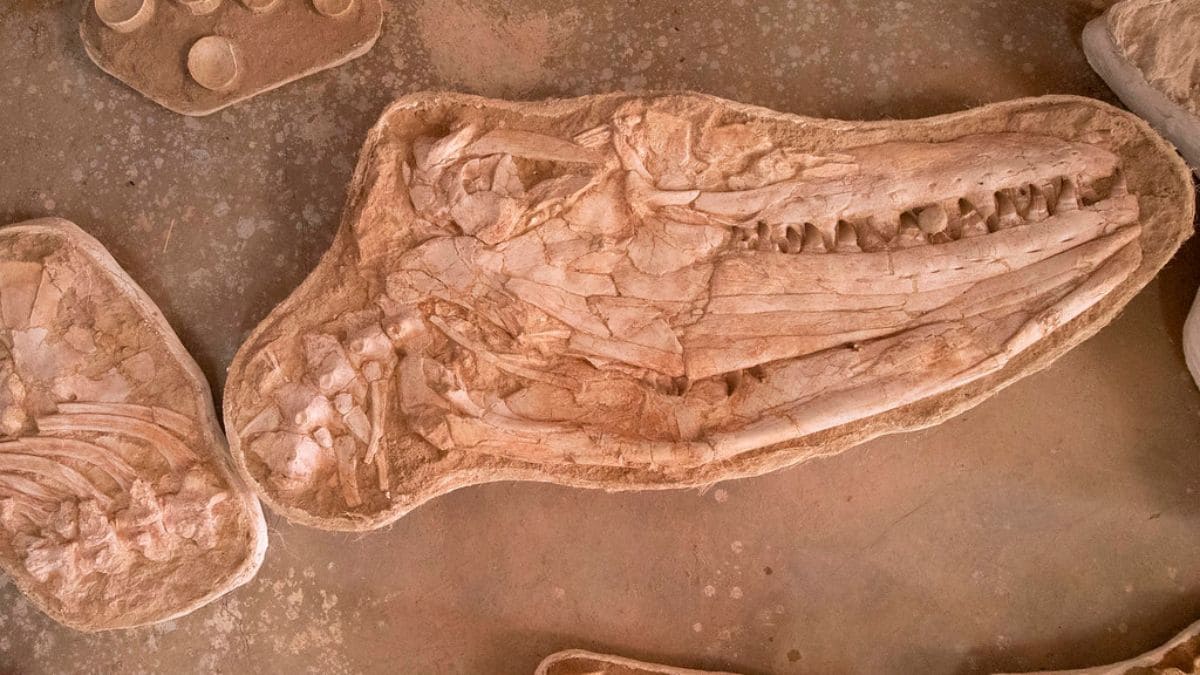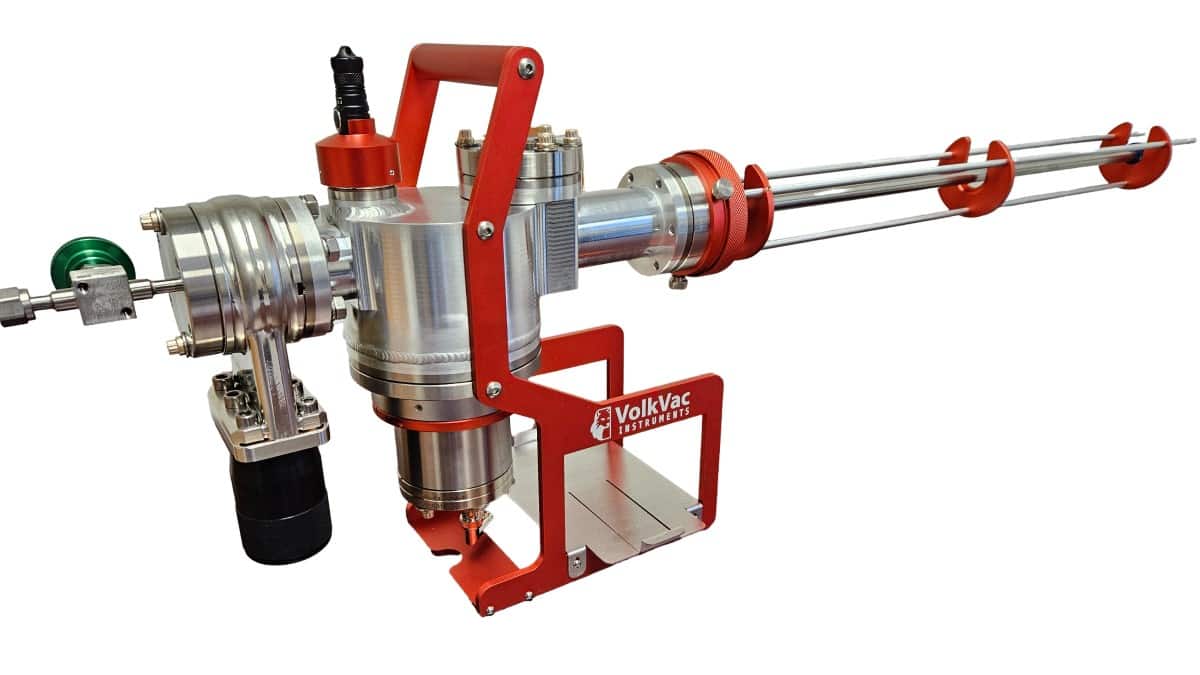The Moon has specific areas that never receive sunlight, regions that are located in areas of ‘permanent shadow’. These dark regions include the sunken floors of impact craters that remain shadowed and are extremely cold. Scientists believe that these sites, devoid of sunlight, might prove to be fruitful if explored — due to the possibility of formation of ice. However, the darkness of these areas made exploration a challenging process. An international team of scientists has now developed a method to peer into the darkest areas on the lunar surface, ahead of NASA’s upcoming Artemis mission.
The permanently dark regions witness temperatures less than 100 degrees Kelvin (-173 degrees Celsius) and approaching absolute zero, where water and other volatile substances may get frozen in the soil. The ice formed in the area might provide clues to the integration of water in the Earth-Moon system, according to researchers at ETH Zurich. In addition, the ice may also offer resources that could be used by astronauts for consumption, rocket propellant, or radiation shielding.
To explore these areas, the team used a physics-based deep learning-driven post-processing tool to produce high-signal and high-resolution Lunar Reconnaissance Orbiter (LRO) Narrow Angle Camera images of 44 shadowed regions in the Artemis exploration zone. This tool is efficient in capturing photons that are bounced into the dark regions from crater walls and adjacent mountains. This method allows scientists to reveal potential exploration regions in images.
“Visible routes into the permanently shadowed regions can now be designed, greatly reducing risks to Artemis astronauts and robotic explorers,” explained principal scientist Dr David A. Kring from the Lunar and Planetary Institute (LPI).
According to researchers, astronauts of NASA’s Artemis mission will be able to spend only 2 hours in the shadowed regions wearing the spacesuit designed for them. The new images will help mission planners to guide the astronauts to boulders in the dark regions and locations where the soil can be analysed for the distribution of any ices.
The team applied their technique on images gathered by the Lunar Reconnaissance Orbiter Camera, which has been used to document the Artemis exploration zone. The enhanced images were analysed to determine that water ice was not visible in the sheets that cover the dark Lunar regions.
“There is no evidence of pure surface ice within the shadowed areas, implying that any ice must be mixed with lunar soil,” said Dr Valentin Bickel, a former graduate student intern at the Lunar and Planetary Institute (LPI) and now a postdoctoral researcher at ETH Zurich. Dr Bickel is also the lead author of the study published in Geophysical Research Letters.
Dr Bickel added that their findings might also impact the mission delivering the PRIME-1 payload of NASA. He said that they have detected a crater and some other features that can alter the location where the “Intuitive Machines’ hopper touches down later this year.”






